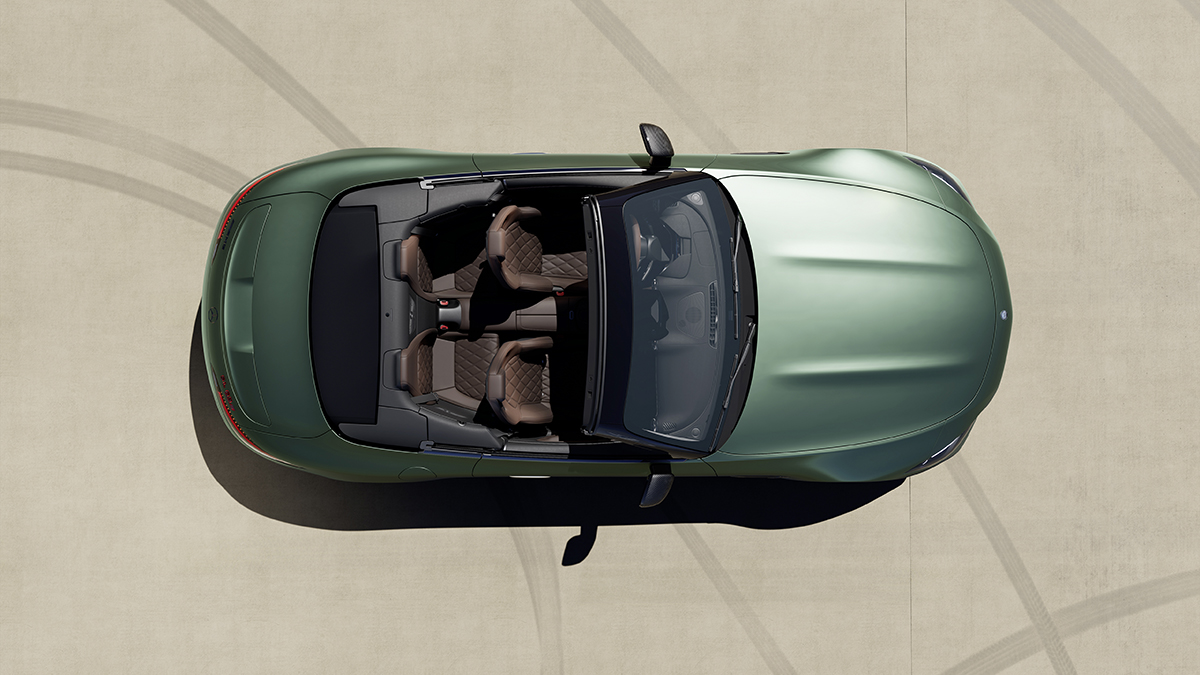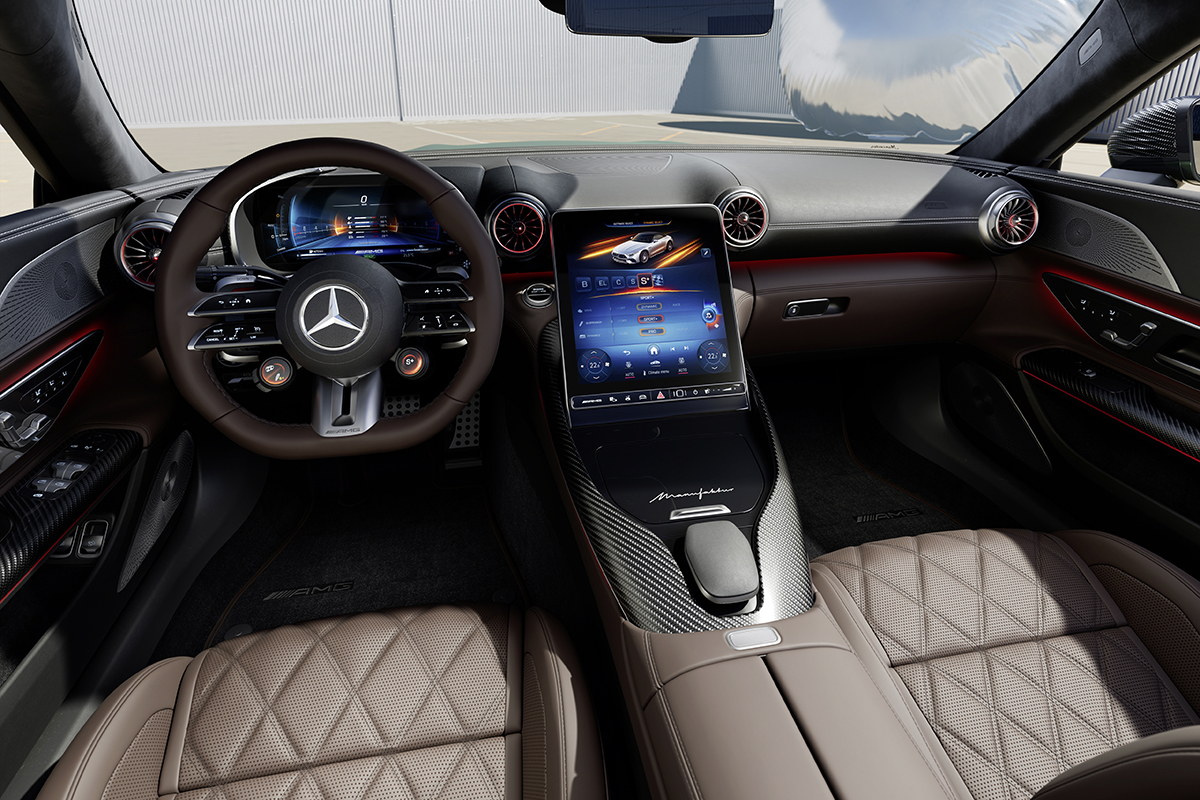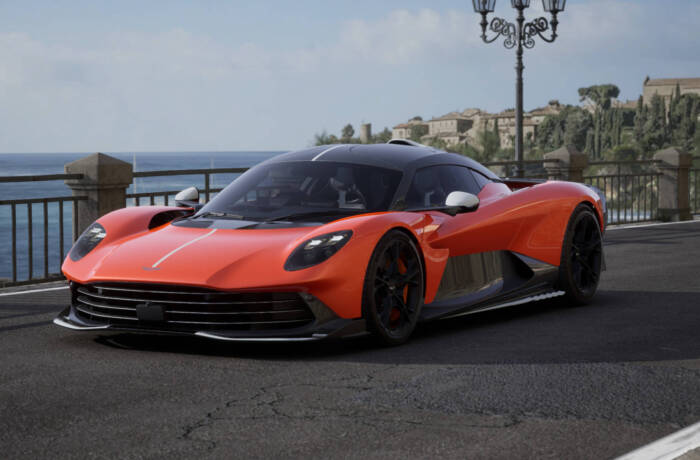
The Mercedes AMG SL 43 is a technically innovative entry-level model of the newly developed roadster icon
For decades, owning a Mercedes-Benz SL has symbolised understated wealth and style. How does the newest model, with a racier intent than its more laid-back ancestors, stack up?
To the car enthusiasts, particularly those of a certain age, the idea of a Mercedes SL conjures up images of stylish luxurious open-top motoring with a sporty edge.
To those of even older vintages, it will conjure up images of something even more glamorous, as the original SL (the words then stood for Sport Light) was the car in which the British racing driver Stirling Moss won the dauntingly challenging Mille Miglia road race back in 1955.
Follow LUX on Instagram: luxthemagazine
The model has evolved through many generations since then: in the 1960s, it turned into a car known as the “pagoda“, losing its sportiness but gaining even more beauty.
Its 1970s and 80s iteration was a luxury cruiser, still open topped, but more in use by the housewives of Beverly Hills than any racing driver.
New iterations came in the 90s (luxurious and advanced), and 2000s (with some high performance options available again).
Times change, we pondered while contemplating the newest SL. Our one was presented in bright yellow, its tube-like shape suggesting an extreme sportiness not hinted at since the very first iteration of the car. Inside, it’s snug and driver focused, although unlike the last generations, this car does also have two small back seats in which to cram your designer children, dogs or bags. (Although we think SL customers would send their children separately with the nanny in the Cayenne).

The Mercedes-AMG SL 43 of the R 232 series is based on a completely new vehicle architecture developed by Mercedes-AMG. The new dimensional concept allows a 2+2 seating configuration for the first time since 1989
Our first zip down the the road confirmed that these racy intentions are carried through to the handling of the car itself: this is a sports car, or it wants to be anyway – in the way of the old-fashioned, longnosed, louche roadsters of the 20th century.
Then, a first trip down the highway confirmed that this car still does what the SL is supposed to do, excellently. It settles into a cruise, nose lifting ever so slightly when you accelerate, and feels like it would be delighted to take you all the way to Portofino in a single journey. In a way that slightly belies its rapid responses at low speeds, it is a very settled and comfortable grand tourer with more refinement than rival sporting cars, such as the Porsche 911 or various Aston Martins.
Read more: Porsche 911 Carrera GTS Review
Once you get to Portofino, Tuscany, or wherever your destination is, you will want to enjoy twisting down some country roads with the roof down. Here, the SL is always willing with its responsive steering, and always fun, although it doesn’t have the ultimate sports car balance or ability to deal with rapid changes of road surface and direction with the lightness of its rivals. It can also be a little bit bouncy on a bad road surface, a trade-off, perhaps, for that handling ability. It certainly feels like it has more sporting attitude than its predecessors.
Live with the car, and you get to understand its versatility: this is not an SL reinvented as a pure sports car (as that would see it lose its languid soul), it is a car that is happy with its heritage and has decided to become something of an athlete late in its life. Great fun.
Find out more: mercedes-amg.com/mercedes-amg-sl-43








